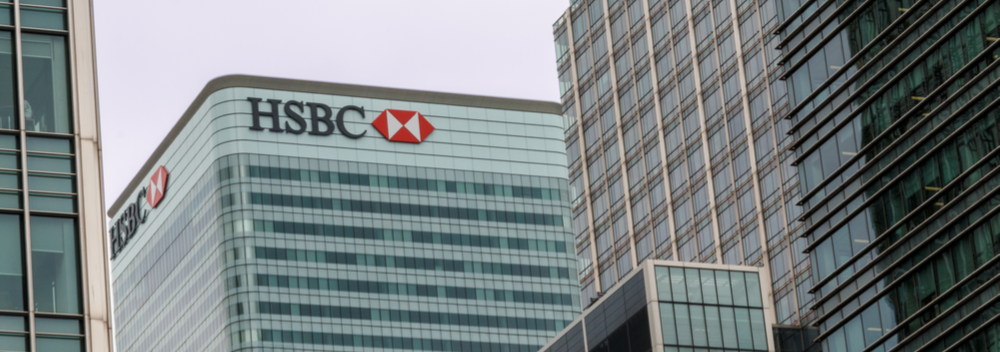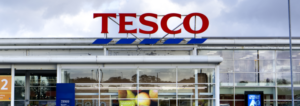Why HSBC's gender gap has widened to 61%
- 3 Min Read
HSBC has announced their pay gap which has been revealed as the worst disparity in the UK, why is this the case? And what can companies do prevent this?
- Author: Louron Pratt
- Date published: Jan 10, 2019
- Categories

It has recently come to light the HSBC has the worst gender pay gap in comparison to other UK banks, they found that this gap was only gradually getting more worse as time goes on. They announced their update as Theresa May as of last year implemented an order that companies with 250 employees or more must publish the salary disparity between male and female workers.
Through this annual update, it was found that HSBC’s gap increased to 61%, in comparison to 59% in 2017. This huge disparity in pay means that the employed women at the bank earn 39p for every £1 that males earn. In addition to this, their median pay gap grew last year from 29% to 30%.
 Sally-Ann Hall-Jones, CEO at Reality HR, commented on these recent findings, saying “As with many industries and sectors, the issue in banking is not so much that women are being paid less for the same work than men, but a severe lack of women in senior leadership positions, where the biggest salaries can be earned. HSBC has taken much of the heat for this but it’s clear that pay disparity is an issue across the sector, with Lloyds reporting a gap of 31.5% and RBS a 37.2% difference.”
Sally-Ann Hall-Jones, CEO at Reality HR, commented on these recent findings, saying “As with many industries and sectors, the issue in banking is not so much that women are being paid less for the same work than men, but a severe lack of women in senior leadership positions, where the biggest salaries can be earned. HSBC has taken much of the heat for this but it’s clear that pay disparity is an issue across the sector, with Lloyds reporting a gap of 31.5% and RBS a 37.2% difference.”
Although this situation by HSBC has worsened, they did mention in their 2017 report that this would be likely to be wider in the following year, due to structural issues, which include a large number of males in senior roles, and a larger number of female workers deciding to work part-time.
Elaine Arden, group head of HR at HSBC, commented on this update from the bank saying “Our pay strategy is designed to attract and motivate the very best people, regardless of gender, ethnicity, age, disability or any other factor unrelated to performance or experience. We review market pay benchmarks based on grade, job, business and geography – this helps us to understand pay differences, if any, for similar roles. Our analysis shows that, in the UK, men and women are paid broadly comparable rates to the market.”
In addition to HSBC having such a wide disparity, it seems as if other large companies have also been highlighted to have a noticeably wide gender gap. Such as Virgin Atlantic, where men were reported to have received 58% more than men, and Barclays where males earned 48% more.
Sally-Ann also discussed ways in which companies can attempt to tackle this gap in the following years. “Even in companies which have absolute gender parity in all roles, the pay gap can be significantly widened if the highly-paid senior positions are dominated by men. The publication of gender pay gap figures is a positive start but there is no quick fix for this – only cultural change from the top down and bottom up can address the issue. This involves not only recognising women as equals in terms of ability and contribution but also giving serious consideration to measures such as flexible working and childcare, particularly to encourage women back into the workplace after they have left to start families.“
Office for National Statistics released their own findings revealing that in all sectors of work in the UK, the gap is approximately 17%.
Elaine commented on how HSBC plan to resolve this, “We are confident in our approach to pay, and if we identify any pay differences between men and women in similar roles, which cannot be explained by reasons such as performance, behaviour rating or experience, we make appropriate adjustments.”






